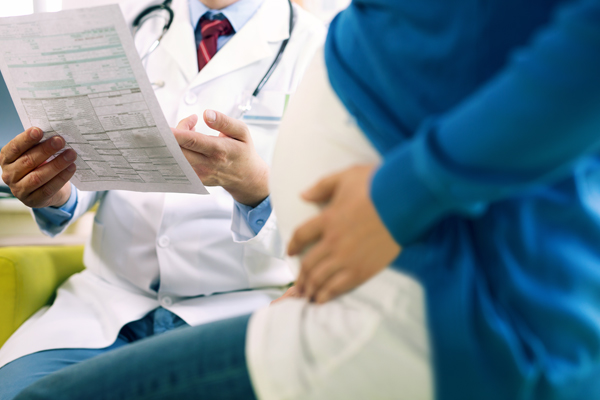NIH study suggests the importance of pre-pregnancy vitamin D in maintaining pregnancy

Among women planning to conceive after a pregnancy loss, those who had sufficient levels of vitamin D were more likely to become pregnant and have a live birth, compared to women with insufficient levels of the vitamin, according to an analysis by researchers at the National Institutes of Health. This study appears in The Lancet Diabetes & Endocrinology.
“Our findings suggest that vitamin D may play a protective role in pregnancy,” said the study’s principal investigator Sunni L. Mumford, Ph.D., in the Epidemiology Branch of the Eunice Kennedy Shriver National Institute of Child Health and Human Development (NICHD).
The authors note that a few studies have shown that women who have higher levels of vitamin D before undergoing in vitro fertilization have higher pregnancy rates than those with lower levels. However, little research has been done on pregnancy rates and pregnancy loss in women attempting to conceive without assisted reproductive technologies.
The researchers analyzed data collected as part of the Effects of Aspirin in Gestation and Reproduction (EAGeR) trial, which sought to determine if daily low-dose aspirin (81 milligrams) could prevent miscarriage in women with a history of pregnancy loss. Blood levels of vitamin D were tested for roughly 1,200 women before pregnancy and again at the eighth week of pregnancy. Researchers defined a vitamin D level of below 30 nanograms per milliliter as insufficient.
Women who had sufficient pre-pregnancy vitamin D concentrations were 10 percent more likely to become pregnant and 15 percent more likely to have a live birth, compared to those with insufficient concentrations of the vitamin. Among women who became pregnant, each 10 nanogram per milliliter increase in pre-pregnancy vitamin D was associated with a 12-percent lower risk of pregnancy loss. Vitamin D levels in the eighth week of pregnancy were not linked to pregnancy loss.
The authors note that the study does not prove cause and effect. Additional studies are needed to determine whether providing vitamin D to women at risk for pregnancy loss could increase their chances for pregnancy and live birth.
Reference
Mumford, SL, et al. Association of preconception serum 25-hydroxyvitamin D concentrations with livebirth and pregnancy loss: a prospective cohort study. The Lancet Diabetes & Endocrinology. https://doi.org/10.1016/S2213-8587(18)30153-0
###
About the Eunice Kennedy Shriver National Institute of Child Health and Human Development (NICHD): NICHD conducts and supports research in the United States and throughout the world on fetal, infant and child development; maternal, child and family health; reproductive biology and population issues; and medical rehabilitation. For more information, visit http://www.nichd.nih.gov.
About the National Institutes of Health (NIH): NIH, the nation's medical research agency, includes 27 Institutes and Centers and is a component of the U.S. Department of Health and Human Services. NIH is the primary federal agency conducting and supporting basic, clinical, and translational medical research, and is investigating the causes, treatments, and cures for both common and rare diseases. For more information about NIH and its programs, visit http://www.nih.gov

 BACK TO TOP
BACK TO TOP